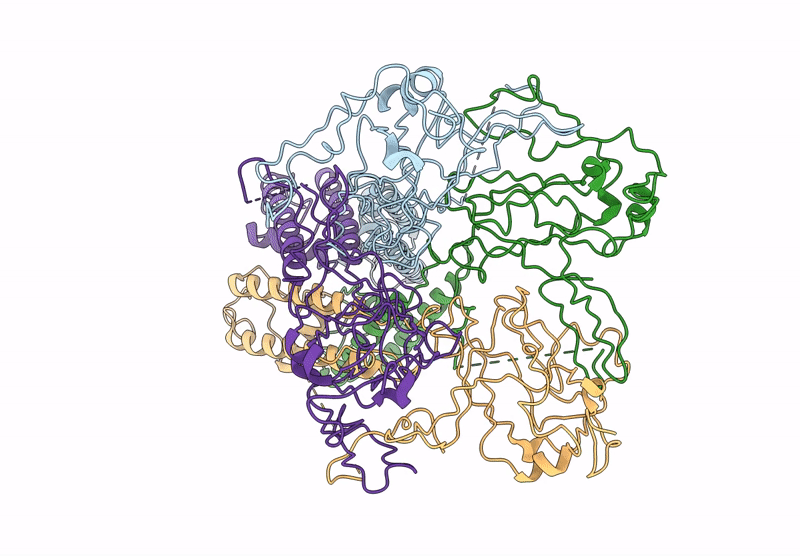
Deposition Date
2023-10-05
Release Date
2024-12-04
Last Version Date
2024-12-04
Entry Detail
PDB ID:
8QQL
Keywords:
Title:
Cryo-EM structure of the human inward-rectifier potassium 2.1 channel (Kir2.1) - R312H mutant
Biological Source:
Source Organism:
Homo sapiens (Taxon ID: 9606)
Host Organism:
Method Details:
Experimental Method:
Resolution:
6.00 Å
Aggregation State:
PARTICLE
Reconstruction Method:
SINGLE PARTICLE


